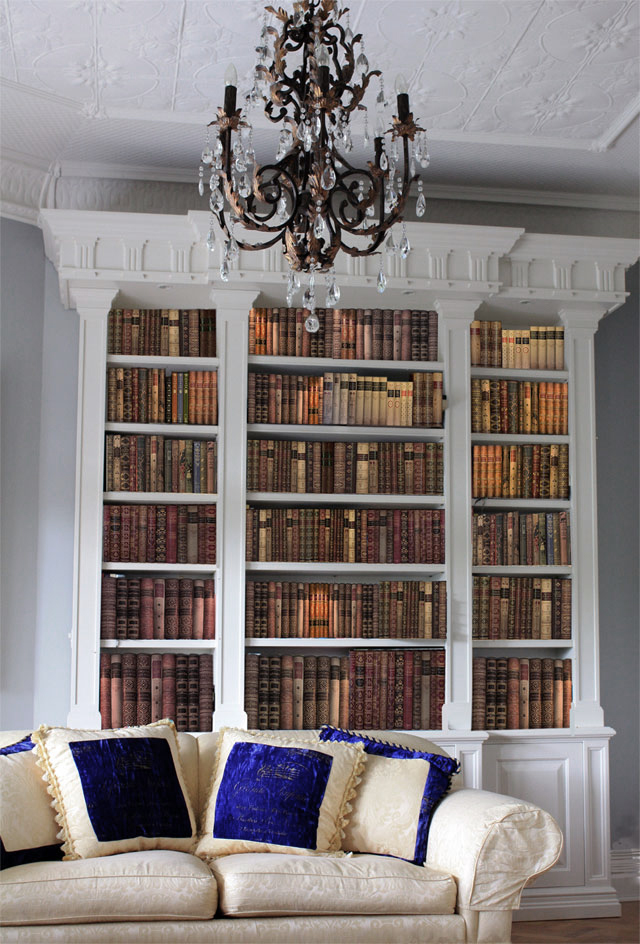
What have the Romans ever given us?………… All right, but apart from the sanitation, the medicine, education, wine, public order, irrigation, roads, the fresh-water system, and public health, what have the Romans ever given us?
During a Christmas catch up an old friend reminded me of this classic line that we all recall from Monty Pythons’ Life of Brian… and I got to thinking, what have the Romans ever given us interior architects and designers? Well it turns out to be rather a lot. Roman architecture laid the basis for modern architecture influencing most of the architectural structures of the modern World and has had an incredible impact on contemporary buildings the World over. As well as the basic structure of the road and the first arenas they also produced the first concrete structures, they improved columns and developed the post and beam construction –known as ‘Trabeated’ architecture by giving us the Roman arch. This ‘Arcuated’ form allowed for much more intricate and multi storeyed buildings, it also allowed them to produce structures like the aqueducts which allowed them to build cities on dry plains and bring water to themselves unlike other civilisations before them who had to build cities near waterways. This was a major breakthrough and the development of the Roman Empire rocketed.

From a more aesthetic approach they also developed the orders of architecture, originally taken from the Ancient Greek orders which included the Doric, Ionic and Corinthian, they added the Tuscan which they made simpler than Doric and the composite (the composite being a hybrid of the Ionic and Corinthian). The classical “orders” describe a kind of architectural grammar and determine the shape, proportion and decoration of the basic architectural elements: the vertical, supporting column comprising its base, shaft and capital and the horizontal, supported entablature is divided into three registers, from bottom to top: the architrave, frieze and cornice.
Roman Interiors
In terms of the treatment to the interior of their buildings, and unlike the Spartan remains of them would suggest, Roman interiors actually used a great deal of colour. Exquisite mosaic floors displayed rich hues through small polished pieces of stone and pieces of glass with coloured backs to create interesting reflections. At the height of the Roman World power they were importing great quantities of coloured stone and marble and this would be used in thin veneers to line interior walls, in the finest interiors they would even use Malachite with its sumptuous copper green overtones, and Obsidian which has rich purple brown hues. History would suggest that the use of wall paintings were fairly evident, and very much influenced 18th and 19th- century European Romanticism. The Romans were probably the first to employ the use of Tromp l’oeil paintings and they would use strong colours, in yellows, black, red and magenta depicting wall niches, columns and open windows with imaginary scenic views. Plastered walls were even painted to appear like masonry and coloured stone, this technique would often be used in conjunction with architectural features such as pilasters and doors. Marble statues were sometimes painted and the use of gilding was employed to great effect. Columns in cheaper stone could be painted to look like more exotic pieces often with gilded tops. Relief sculpture was used to replicate garlands, twisted rope and swags of laurel and ivy ornamentation, the egg and dart motif and rosettes were also popular and these were usually carved in stone and paved the way for later Neo classical revivals which produced the fibrous plaster alternatives which we use today. Their use of decorative motifs were often stylised with great enthuses on proportion.
The assumption with Roman interiors is that marble was the most used material, however, in the day there would have been a good deal of Bronze used but it was most likely that during the later medieval period this would have been melted down and reused. Huge amounts of bronze were used to produce all kinds of things from everyday household paraphernalia through to decorative hardware and small pieces of furniture such as stools. Factories were set up to provide everyday equipment, such as pots and platters, in abundance; they could even manufacture light fittings in large amounts, the more ornate candelabras were decorated with Mythical animal forms such as the chimera and griffin. Roman lamps and bronze tripods decorated with the heads of Rams and other animals were used for as decorative accessories. These figures were also sculpted in stone along with other popular forms such as the Sphinx and, in particular, Lions. Decorative friezes were commonly used in the very best interiors with floral details and leafage, largely the acanthus leaf. They used murals widely in there interiors which were of intricate detailing depicting Dolphins, fish and grotesque mythical life forms. Pottery and silverware were displayed on buffet style benchtops with tiers of shelving above, pottery was now also being factory produced and ranged from decorative vases and vessels through to intricate architectural ornamentation. Tables were constructed in exotic woods and veneers and decorated with bronze and silver trims, ivory and tortoiseshell was also being used for inlays and decorative motifs. The Romans also produced finely crafted glassware and although glass was very difficult to produce in sheets they had a crude form comprising of a type of gypsum called selenite which was used in large crystals to produce very small panes of which were used in timber panels to diffuse light.
Imported rugs and tapestries adorned the walls and floors of Roman villas mostly from Egypt. Silks came from China and carpets from Asia Minor and they constructed the equivalent of our modern sofas for reclining, these were hard couches as there was no upholstery so they had brightly coloured cushions on which they lay. So the next time you encounter the quintessential interior decorator plumping and tossing cushions, spare a thought, they are carrying on an age old tradition, one that possibly stems back as early as the 6th Century BC.
But what does all this mean to interior designers or cabinet makers today? Classical architecture gives us a language with which to use, a tool box or a set of rules if you like, the creative cabinet maker and interior designer will employ the use of the elements and principles of design and introduce classical design details where appropriate. Used correctly these have the potential to transform any interior space into a very special environment. The bookcase by Groth & Sons (at top of page) displays elements and principles taken from classical architecture to great effect.
Read more about THE ELEMENTS AND PRINCIPLES OF DESIGN




